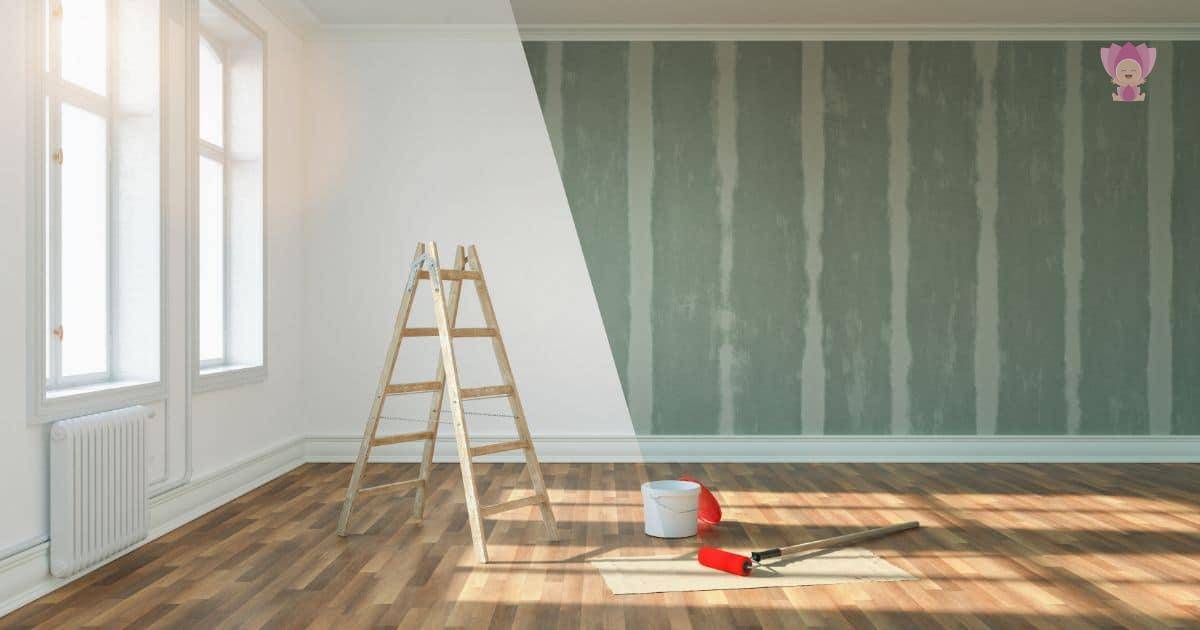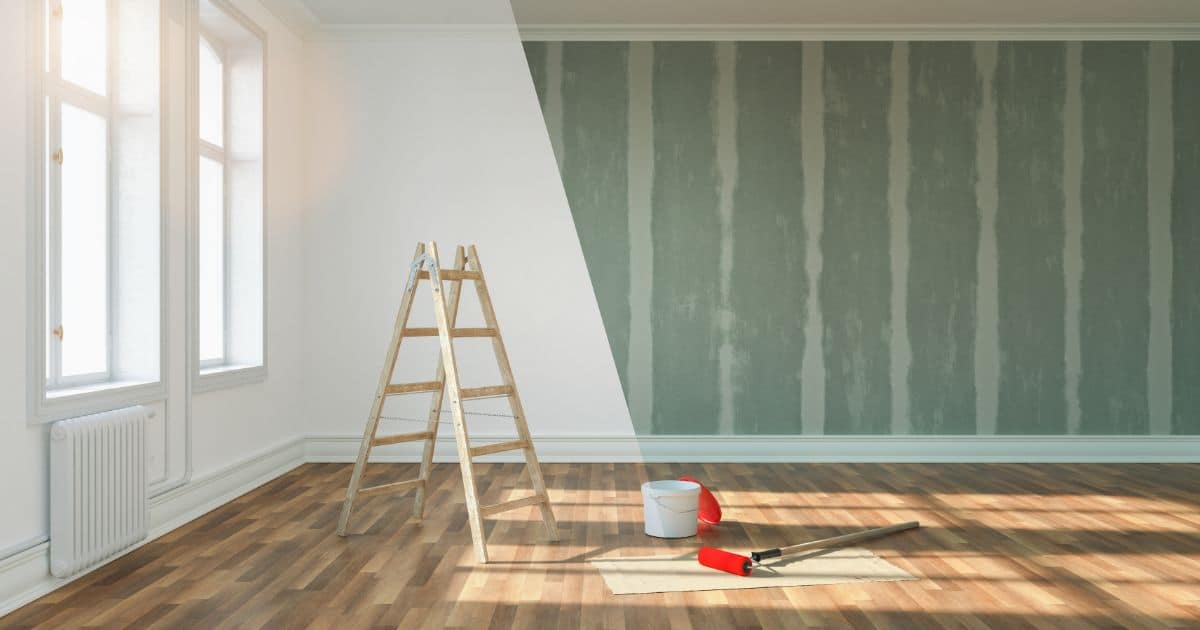A sustainable approach to home renovation


The trend for sustainability is gaining increasing popularity around the world. This approach is not just a tribute to fashion but a special philosophy of using materials and elements in favour of preserving nature and its resources.
Eco-friendly materials and special production technologies that cause minimal harm to nature or, ideally, are completely safe for ecosystems and the environment become staples in every aspect of our lives. They are increasingly used as an alternative to plastic, petroleum products and other toxic substances.
In this article, we’ll delve into the specific areas of sustainable home design, offering actionable advice to help you make your living space more environmentally friendly.
Focusing on Sustainable Design Principles
The eco-friendly philosophy is a whole way of life. Waste sorting, conscious consumption, recycling and upcycling – all these are parts of a complete picture.
Embracing sustainability in home renovation allows you to align your living space with this green lifestyle, creating a harmonious and truly modern space for healthy living.
Choosing the Right Materials for Sustainable Home Design
Embracing an eco-style interior does not mean focusing on wooden design furniture or covering walls with flowers. On the contrary, excessive use of natural materials, like wood or rattan, contradicts the principles of sustainable design, possibly leading to deforestation.
It is also important to consider the origin of the material: the tree must have a certificate confirming that the raw material is legal and obtained from a forest with sufficient natural resources. It’s even better if it’s locally sourced to reduce emissions during transportation.
Another crucial factor is the absence of toxic compounds in the material, such as benzophenone, phenol, or formaldehyde. Constant exposure to them can cause respiratory diseases. The problem is that some materials often considered safe are actually harmful.
Take wooden panels, for example. At first glance, it’s the most environmentally friendly material. However, these panels are usually made from sawmill by-products glued together with adhesives, containing phenol and formaldehyde in varying doses – especially in large format sheets. Therefore, even choosing “natural” floor or wall materials may cause big problems.
Research and source materials with low environmental impact, like reclaimed wood or recycled metal and glass. Always check certifications to ensure these materials are suitable for sustainable construction practices.
Energy Efficiency: Perfect Lighting Options for Your Home
Using natural lighting is a key point of sustainable home design. The more sunlight, the less artificial light will be needed. In addition, energy-efficient windows with appropriate glazing and strategic placement can help you optimise solar gain during the winter and minimise heat gain during the summer. Motion sensors, dimmers, smart control systems, and energy-saving bulbs are also a must-have.
When choosing appliances for your home, give preference to devices with consumption class A+++. You can also investigate the possibility of installing solar panels on your property to generate clean, renewable energy and reduce reliance on grid electricity.
Incorporating Sustainable Design Furniture
For sustainable home renovation, consider buying furniture with a “green” label, an environmental certification confirming product safety. Such pieces are made from sustainable materials and do not contain toxic substances. Choosing plywood furniture is not a good alternative to natural materials. Consider items made from birch and pine – they are relatively inexpensive and safe.
Another option is to buy second-hand furniture. Vintage chairs, elegant sofas from the 70s, antique table lamps – all this is not only environmentally friendly and consistent with the ideas of sustainable design but also fashionable.
Remember: vintage and minimalist furniture has been at the peak of popularity for several years now, which means you can safely bring your grandfather’s radio or display your collection of antique china; eco-friendly homes are the perfect place for such decor!
Recycling, Upcycling, and Reusing
Recycled materials are increasingly popular in the production of modern furniture. The very concept of “garbage” in our time is losing its negative connotation, becoming just another raw material for producing household goods.
Not only recycled plastic and old newspapers are used, but also glass, resin, fabric, and other materials. Viennese designer Barbara Gollackner, for example, proposes making dishes from food waste, London studio Palefire produces designer lamps from recycled paper, and Japanese designers We+ make furniture from recycled foam.
The fashionable word “upcycling” refers not only to reusing materials but also to reinventing old items for new purposes. It could be a bar stool with a seat made of champagne corks or wall panels made from old shutters – your imagination is the limit when it comes to sustainable home renovation.
In Conclusion: A sustainable approach to home renovation
Sustainable home design is about more than just being eco-friendly. It’s a promise to use less energy, save resources, and create healthier and more cost-effective spaces. It’s a way to make our homes match our desire for a better world.
If you’re planning a home renovation or thinking about it, we encourage you to go green. Even small steps like using energy-saving appliances, eco-friendly materials, and water-efficient fixtures can make a big difference.
Remember, every eco-friendly choice you make for your home helps create a better future for the planet and ourselves.
Further reading: The 7 best eco-friendly cleaning products to buy in Australia.
















Leave a comment